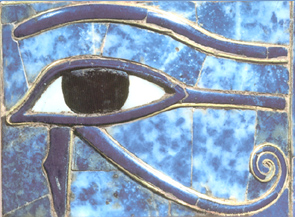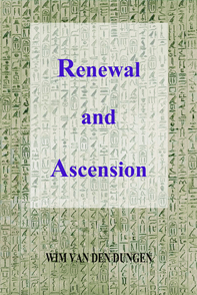These links
lead to factsheets containing important data regarding Ancient Egyptian civilization :
 General Preface to these Studies
on Ancient Egypt General Preface to these Studies
on Ancient Egypt
 Thematical Map of Egypt Thematical Map of Egypt
 Genetico-Cognitive
Correspondences Genetico-Cognitive
Correspondences
 The Egyptian Language The Egyptian Language
 Literary Heritage and
Translations Literary Heritage and
Translations
 Hieroglyphs of translated
texts
Hieroglyphs of translated
texts
 Bibliography
Bibliography
"It must never be forgotten that we are dealing
with a civilization thousands of years old and one of which only tiny
remnants have survived. What is proudly advertised as Egyptian history is
merely a collection of rags and tatters." -
Gardiner,
1961.
Nevertheless, thanks to recent scholarship and acquisitions in the area
of Mediterranean culture (which does not exclude new discoveries), we shall be able to focus
more sharply on the most central component of Ancient
Egyptian civilization, namely its religion, involving Pharaonic,
Dynastic spirituality later Hellenized into Hermetism. The former was the foundation of Egypt's theopolitical organization,
temple-religion and scribal wisdom teachings.
The
institution of the "Great House" ("pr-aA") or
"Pharaoh" created ca.3000 BCE, if not earlier, excelled in the Old Kingdom and
achieved even greater glory in the New Kingdom. It continued to be the
best way to rule Egypt untill 30 BCE (death of Cleopatra). This was a
formidable achievement, ignored by schools starting European history with the Archaic Greeks (ca.700 BCE) and
not with the Mesopotamians, nor with Pharaonic Egypt.
We shall also
address
Hermetism, in order to identify
important contrasts and similarities between the Egypt of Pharaoh
and
Alexandrian Hermetism under the late Ptolemies and the Romans. The
figure of
Hermes Trismegistos and his writings (of which the Corpus
Hermeticum and the
Emerald
Table are extant) served to articulate a Graeco-Roman interpretation
of the perennial initiatic cults of Egypt, reintroduced at the dawn of the
European Renaissance and later (XIIIth - XVIIth century). But at this late
stage, they are mixed by Judeo-Christian and Islamic material. Then
Hermetism becomes Hermeticism.
The so-called "philosophical"
treatises of Hermetism are outstanding examples. Indeed, these Ptolemaic
texts
"(...) consist, in effect of a kind of Gnosticism, but pagan, and
essentially philosophic in its inspiration although it chooses to give
itself an Egyptian appearance ; and one feels that it ows much to
certain oriental myths." -
Doresse,
1986, p.275.
I try to show Pharaonic religion underlined regeneration, recurrent
life, transformation and the sapiental "plummet of the balance" of
truth, daily returned by Pharaoh as the righteous ruler of the world to his divine
father, the principle of light and creation, deemed incarnate (or
filial) in the divine king. This is a god-on-earth who held the balance (of truth) and pacified (unites) the
"Two Lands" (Upper and Lower Egypt) by speaking the
Great Word.
|

